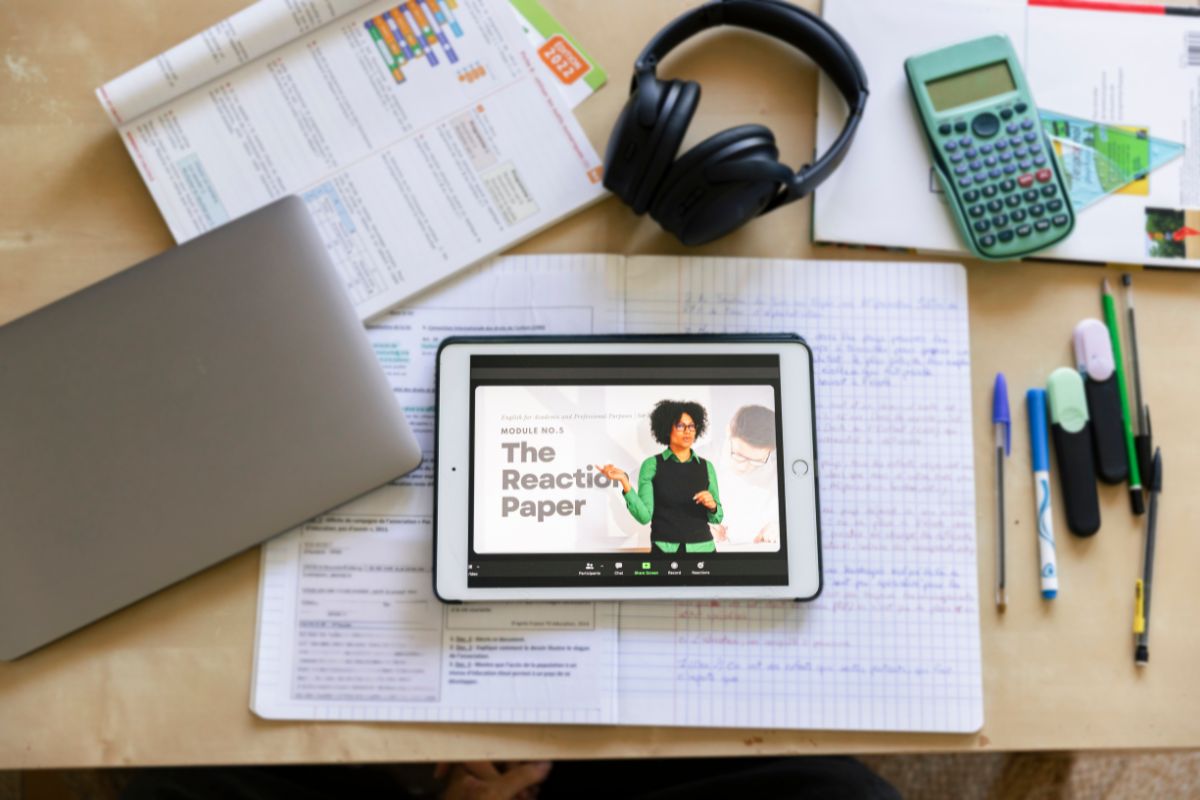Integrating trusted digital tools into K–12 classrooms is increasingly vital as technology rapidly shapes every aspect of society.
By making lessons more interactive, these digital resources enhance pupil engagement and enable individually personalised learning, ensuring each student can advance at a pace suited to their specific needs.
Using platforms that support multimedia content and real-time feedback, educators can cultivate crucial digital skills such as critical thinking, problem-solving, and digital literacy.
As modern workplaces require a range of technological abilities, early exposure to these tools readies pupils for upcoming demands and possibilities, placing them in a strong position to flourish in a tech-focused environment.
Why Trusted K–12 Educational Tools Matter
Vetted digital tools support a variety of learning styles by offering customisable resources that adjust to each pupil’s needs. They often present material in visual, auditory, and kinaesthetic formats, allowing pupils to pick what works best for them.
This personalisation strengthens core knowledge while respecting individual learning speeds. Platforms like AISL Mall, a trusted resource for K-12 educational tools also stimulate group collaboration and self-guided study, offering features such as peer-to-peer chats and shared problem-solving activities.
With these tools, students can take initiative, develop research skills, and hone their problem-solving methods in a safe digital space. At the same time, keeping technology use balanced is critical.
Effectively introduced digital platforms foster digital literacy and technical skills, while also limiting excessive screen time. By mixing online resources with conventional teaching, educators help pupils grow in their digital abilities without sacrificing overall well-being.
Challenges in Implementing Digital Tools
Bridging the Digital Divide
Many pupils still struggle to use online schoolwork at home because of weak internet and scarce digital devices.
This inconsistent access can derail learning and widen the gap between wealthier peers and those with fewer resources. Providing solutions like distributing devices to those without, along with portable Wi-Fi hotspots, helps keep remote lessons running smoothly.
Working together with community groups, local businesses, and libraries boosts these efforts to extend reliable internet availability and ensure safe digital spaces. Offering low-cost or complimentary broadband in underserved areas has proven effective in tackling these issues.
By tackling the divide head-on, schools can give every pupil the right digital tools, cutting back on inequalities and offering everyone the chance to learn on an equal footing.
Navigating Educator Hesitancy
Some educators remain cautious about integrating new digital tools in the classroom, often because they feel unsure about their own tech skills. With limited time and resources, many teachers prioritise areas like literacy instead, leaving technology training behind.
On top of that, the myth that younger staff are automatically tech-savvy can make others feel sidelined, since knowing how to navigate social media doesn’t mean you’re ready to teach with digital tools. There are also worries about extra screen time for pupils and lingering reactions from the pandemic, which add to teachers’ reluctance.
Building confidence starts by aligning professional development with what educators already teach, so the role of digital tools in lesson delivery is obvious. Collaborative training sessions that blend subject-specific learning with hands-on technology use help simplify new tools, highlighting their real benefits for pupil engagement.
Offering a mix of on-site, virtual, and self-paced development makes learning accessible and suited to each teacher’s style. Involving curriculum and tech leaders in planning ensures practical, clear solutions that address educators’ worries. By connecting established methods with modern techniques, schools can boost teachers’ comfort and willingness to adopt digital tools.
Ensuring Data Security and Privacy
Adhering to strong data protection practices is essential whenever you’re using any digital platform in education. Making sure these platforms comply with recognised data security standards keeps sensitive pupil information safe.
Prioritising strong security measures—like encrypted data storage, secure user logins, and routine vulnerability checks—lowers the chance of unauthorised access and data breaches.
Developing clear policies that match legal obligations and recommended guidelines is crucial. These policies should specify how to handle, store, and share data, reinforcing trust among educators, pupils, and parents.
Implementing these safeguards doesn’t stifle technological progress. Instead, schools can confidently adopt digital tools while ensuring personal details remain well protected.
Strategies for Choosing and Using Trusted Tools
Evaluating Reputable Platforms
Using a well-planned rubric to judge digital platforms can simplify choice-making. It should look at ease of use, confirming that the design suits both teachers and pupils.
It’s equally important to check that the platform’s content and resources fit in with established learning targets. Finally, strong indicators for data protection are vital; the platform must follow strict security measures and comply with recognised data rules.
Trials or demos act like test drives, giving educators a glimpse of how smoothly the platform blends with daily teaching. They let teachers see if the tool really spurs an engaging classroom environment and works well with existing lessons.
By experimenting with these features beforehand, schools can decide if a platform genuinely meets their needs before making any purchases.
Balancing Tradition and Technology
Blending digital resources with conventional teaching methods creates a balanced classroom that combines modern interactivity with tried-and-tested instruction.
While interactive platforms like adaptive learning tools and gamified applications engage pupils and deliver real-time feedback, traditional approaches—such as direct instruction and tactile tasks—still play a vital part in reinforcing key skills in literacy, numeracy, and critical thinking.
By placing technology alongside familiar methods, educators can include varied learning styles without driving an overreliance on devices.
This approach enriches pupil engagement through interactive features while ensuring that core academic principles stay firmly in place.
When digital and traditional methods support each other, they pave the way for overall development, helping pupils build a confident academic base and grow vital digital know-how.
Professional Development for Successful Integration
Ongoing professional development is crucial for giving educators the skills and assurance they need to use technology effectively in their teaching.
Well-planned sessions, with hands-on demonstrations and ongoing support, help teachers pick up new digital tools smoothly. These experiences then translate into practical classroom strategies that complement established curriculum aims.
Bringing curriculum experts and tech specialists together lifts both lesson quality and digital awareness. By prioritising real classroom needs, professional development weaves technology into everyday practice in a way that genuinely benefits pupils.
This approach helps schools address the design gap spotlighted in the updated National Educational Technology Plan, positioning educators to create experiences that support every pupil’s growth.
Essential Takeaways for Effective K–12 Technology Integration
Planning for successful technology integration begins by directly matching digital tools with curriculum targets and the particular needs of each classroom.
This careful matching ensures every digital resource is chosen for its power to advance learning goals and accommodate whichever challenges educators and pupils might face.
Collaboration between curriculum teams and technology specialists is key to finding digital strategies that strengthen core content while adjusting to different classroom environments.
Ongoing staff development is equally important. Continuous training—be it in person, online, or a blend of the two—equips teachers with the confidence and pedagogical know-how they need to use modern tools effectively.
Such focused professional development narrows the design divide spotlighted in the National Educational Technology Plan by letting educators explore platforms from Google and Microsoft in real-world contexts.
By adjusting training to reflect each teacher’s role, schools can build solid technical skills and spark creativity in teaching methods.
Maintaining a balance between digital activities and teacher-led lessons makes certain that technology supports rather than dominates the classroom atmosphere.
Yes, tech-based platforms can boost engagement and deliver immediate feedback, but time-tested instruction is still essential for honing critical thinking and reinforcing core academic foundations.
This balanced approach caters to a variety of learning styles and ensures that pupils gain knowledge in an inclusive, thorough manner.









